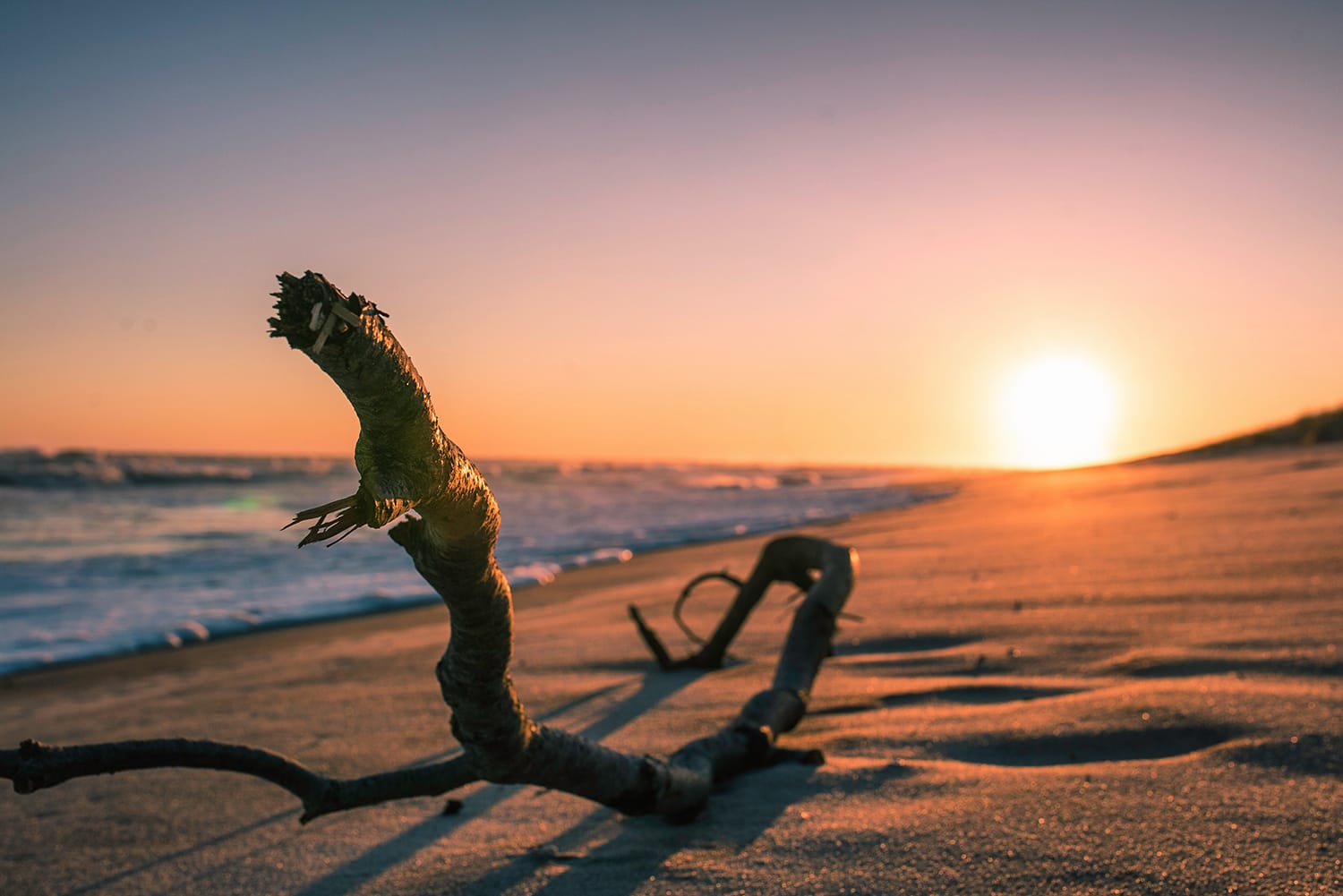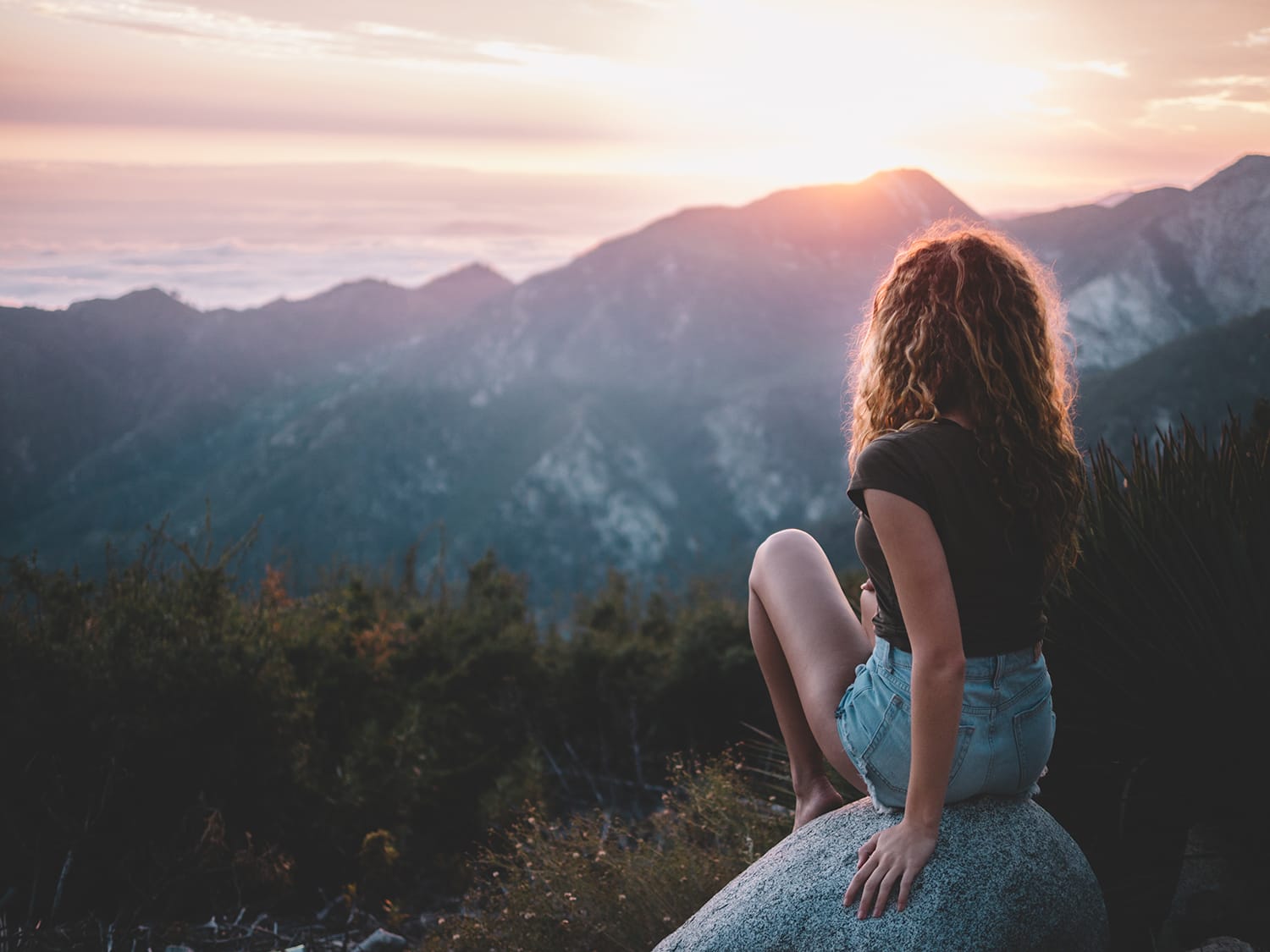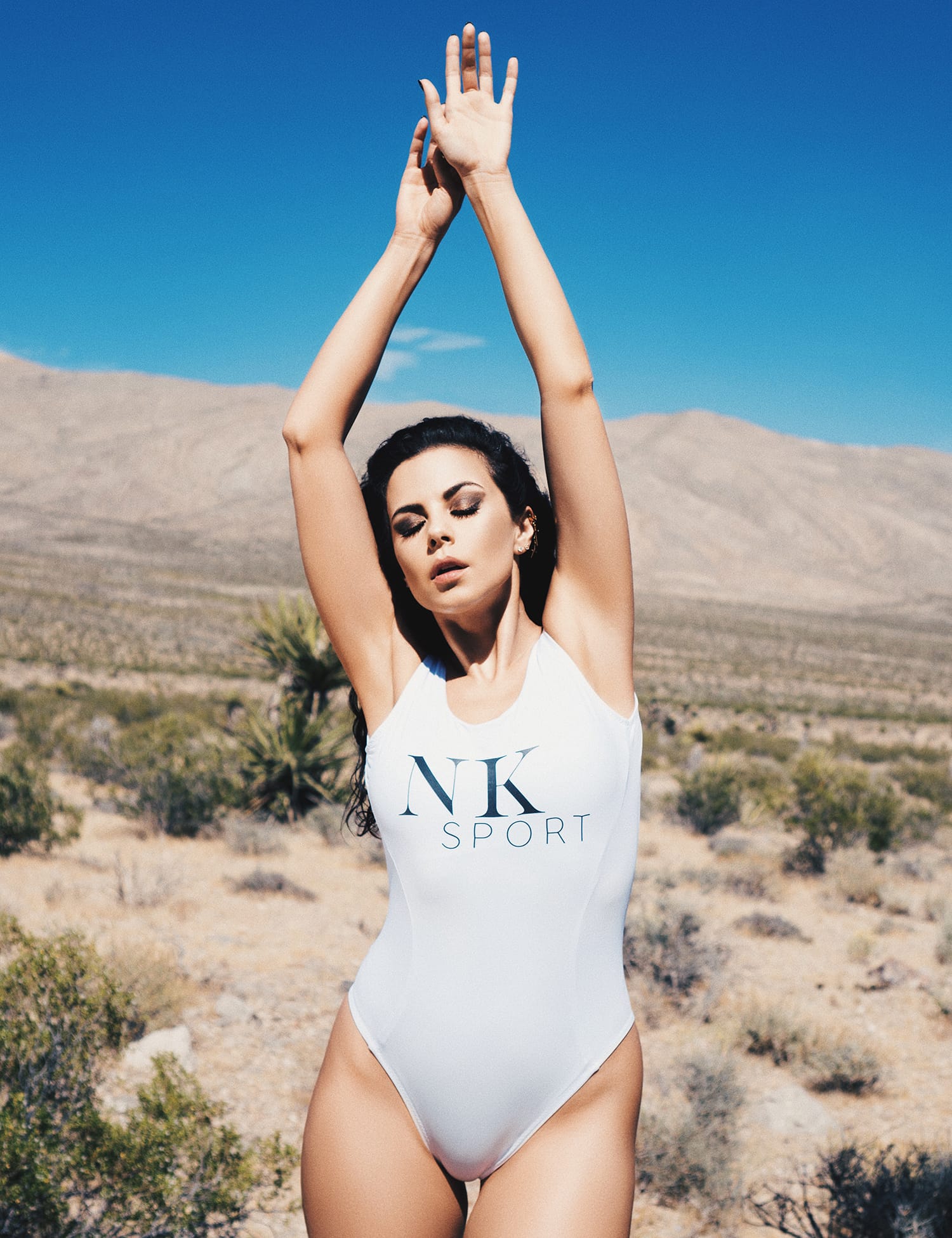Tips & Tricks on How to Overpower the Sun with Flash
The sun is a wonderful natural lighting tool and, when used sympathetically, can help to produce stunning images. However the intense amounts of light it emits can work against photographers when they’re trying to produce portraits.
This is particularly evident when shooting in very bright sunlight, or around midday, when the sun is at its highest. Strong sunlight creates shadows, particularly on a subject’s face. And that certainly isn’t an attractive look in portraiture!
This is aggravated further if you want to use the sunlight to backlight your subject. So, what’s the solution? Well, by using flash you can ‘overpower’ the sun. Obviously, you’re not actually removing the sun from the image, but instead using flash to add in a main light source for your subject.

Camera settings
Before you even start to consider your flash, you need to think about your camera settings! If you’re shooting a portrait, the most important thing to consider is going to be your depth of field. In general, if I’m shooting a portrait, I’ll want a small depth of field so as to blow out the background. Generally this is between f/4 and f/5.6. This is a large aperture, so will be letting a fair amount of light.
In bright light, you should only need an ISO of 100 (or 200 if this is the minimum your camera will go to). But, so as not to overexpose the image, it’s likely that you’ll need a fast shutter speed of 1/1000th second or over. And this leads to its own problems.
Flash Sync Speeds
In general, most flashguns (or speedlights) only sync at speeds of 1/250th second or under. If you try and shoot at faster speeds, you’ll end up with a black band across your image where the shutter hasn’t exposed the image. And, in bright situations where you’re trying to keep both your subject and background correctly lit, slower speeds are lightly to blow out your background and flatten out your subject, leaving them with little definition.
So how can you get round this problem?

High-Speed Sync
The easiest way to get faster shutter speeds with your flashgun is to use a mode called High-Speed Sync (HSS) on Canons, which is also known as Focal-plane sync (FP) on Nikon flashguns. You’ll find this mode on many flashguns and indeed on some DSLRs in the flash settings.
High-speed sync allows you to shoot with flash at speeds faster than 1/250th second. It works by essentially ‘pulsing’ the light at an extremely fast and high frequency across the small slit between the two moving shutter curtains. This allows the whole sensor to be exposed in an extremely short space of time, meaning that you can sync your camera and flash at shutter speeds of up to 1/8000th second.
This does have a disadvantage in that there is a substantial loss of recorded flash output. But you should easily still receive enough output to create the effect you’re looking for.
For simplicity, keep your flash on the automatic TTL (Through The Lens) setting. Modern flashguns will automatically adjust the light for your shutter speed and aperture settings. By the way, you’ll be using TTL mode in conjunction with HSS. TTL (or E-TTL depending on your flashgun) is the flash’s automatic mode (you’ll also have various manual modes).
HSS is used in conjunction with TTL, so effectively you’re putting the camera into auto mode, but still allowing it to sync at higher speeds.
Setting up your scene
To make this method work efficiently, you need to place your flashgun fairly close to the subject.
Ideally, this means placing the flash on a separate stand and using either a remote or sync cord to fire it. This way you can position your flash exactly where you want it, so as to balance out the effects of the sun.
Using your flash on a separate stand also allows you to angle your flash precisely so as to hit the face effectively.
Of course, this method does mean additional cost and expense, so you can always use your flashgun attached to your camera on the hot shoe. If you’re going to do this though, you’ll need to soften the light from your flash.
The cheapest way to do this is to use a Sto-fen – a small white box that clips onto the front of your flash and diffuses the light.
Alternatively, I’m a big fan of the Lastolite Ezybox, which is a small softbox that attaches to the front of the flash. However, using this method is going to cut down the power from your flash even further, so you may struggle to get enough light onto your subject. To use the flashgun on your camera successfully, you’ll find that you need to be fairly close to your subject in order to cast enough light.
Depending on how much power you allocate to your flash, you can create a number of different moods to your photo. You can choose to either balance the flash with the ambient light to create a natural effect, or overpower the natural light to create a moody almost night time background.

Why do we need to use high-speed sync in the first place?
Hard sunlight creates hard shadows. And these can be deeply unattractive on our subjects! So, to shoot successfully in bright light, you need to be under-exposing the natural (available) light to some extent. The flash is then used as the main light source to fill in any uneven areas on your subject.
So, in order to keep a small depth of field along with slightly under-exposing the natural light, you need to be able to keep your shutter speed high.
Neutral Density Filters
If you don’t have a flashgun with the capability to shoot at high-speed sync, there are other options. Of course, if money is limitless (!) you can invest in full strobe systems, studio lights, pocket wizards and the suchlike. But, for a cheaper option, try investing in a neutral density (ND) filter.
ND filters essentially darken down the image by a number of stops. They’re usually available in 2, 4 and 6 stop options. So, by placing one over your lens, you’re essentially under-exposing your whole image, again allowing you to use the flash as a main light source for your subject. The ND filter will stop your background from blowing out, whilst you can still use the flash within its natural sync range of 1/250th second and under. Using an ND filter also allows you to keep using a large aperture, and therefore a small depth of field, even when the natural light is very bright.
The only downside with using an ND filter is that it can be quite difficult to see the image you’re trying to frame, as things will be darkened down so much. You may find it easier to frame your shot first and then attach the ND filter.
Using this methods means that you can shoot portraits even in the brightest of lights and create really interesting results. The key, as with many techniques, is to experiment with your settings so as to achieve the results you want.
